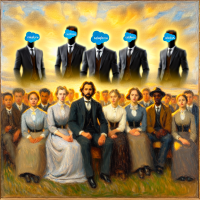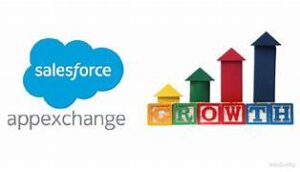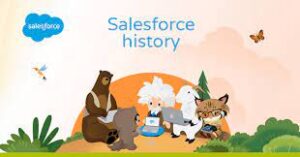Understanding AI Agents: How They Differ from Copilots and Assistants
The AI landscape is evolving rapidly, with terms like AI agents, copilots, and assistants often used interchangeably. But what truly distinguishes them? This analysis clarifies their differences, maps them against real-world AI tools, and identifies gaps in today’s market.
Why This Distinction Matters
Understanding AI agent capabilities is crucial for:
- End users – To choose the right AI tool for their needs.
- Business leaders – To make informed decisions on AI adoption.
- AI startups – To position products effectively in a competitive market.
By 2025, AI agents are expected to become enterprise-ready, with the market projected to grow 45% annually, reaching $47 billion by 2030 (MarketsandMarkets). Microsoft CEO Satya Nadella even suggests that agentic applications could replace traditional SaaS.
But what makes an AI tool an agent rather than just a copilot or assistant?
Defining AI Agents, Copilots, and Assistants
1. AI Agents: Autonomous Goal-Seekers
Gartner’s definition (2024):
“AI agents are autonomous or semi-autonomous software entities that use AI techniques to perceive, make decisions, take actions, and achieve goals in their digital or physical environments.”
Key capabilities:
✔ Autonomy – Acts independently.
✔ Goal-driven behavior – Works toward broader objectives.
✔ Environmental interaction – Uses tools (actions), sensors (perception), and data retrieval.
✔ Learning & memory – Adapts over time.
✔ Proactivity – Acts on triggers, not just user commands.
Example: Agentforce (Salesforce’s AI agent) autonomously creates marketing campaigns by analyzing CRM data.
2. AI Copilots: Collaborative Partners
Microsoft’s perspective:
“Copilots enhance decision-making by offering context-specific recommendations and work collaboratively with humans.”
Key differences from agents:
- Not fully autonomous – Requires human oversight.
- Iterative collaboration – Works side-by-side with users (e.g., GitHub Copilot suggesting code fixes).
- Anticipates needs – Uses memory and context awareness.
Example: Cursor (AI coding assistant) helps developers by auto-completing and refining code in real time.
3. AI Assistants: Task-Based Helpers
- Reactive, not proactive – Only responds to direct commands.
- No long-term memory – Treats each request independently.
- Limited environmental interaction – Mostly text-based responses.
Example: ChatGPT (basic version) answers questions but doesn’t autonomously execute tasks.
The Agent-Copilot-Assistant Spectrum
| Feature | AI Assistant | AI Copilot | AI Agent |
|---|---|---|---|
| Autonomy | ❌ No | ⚠️ Semi | ✅ Yes |
| Goal-driven | ❌ No | ⚠️ Partial | ✅ Yes |
| Tools & Actions | ❌ No | ⚠️ Limited | ✅ Yes |
| Sensors/Triggers | ❌ No | ❌ No | ✅ Yes |
| Memory & Learning | ❌ No | ✅ Yes | ✅ Yes |
| Proactivity | ❌ No | ⚠️ Some | ✅ Yes |
Current Market Gaps: Where AI Tools Fall Short
Despite advancements, most AI tools today don’t fully meet agent or copilot criteria:
1. Most “Agents” Lack True Autonomy
- Intercom’s Fin (customer service bot) can execute actions but still requires human oversight.
- Microsoft Copilot for Windows has limited autonomy, acting only on direct requests.
2. Copilots Often Lack Memory
- Claude & Gemini offer context-aware responses but don’t retain long-term user preferences.
- Microsoft 365 Copilot anticipates needs but relies on file content rather than user history.
3. Assistants Dominate the Market
Many popular AI tools (Grammarly, Canva AI, Remove.bg) are task-specific assistants, not true copilots or agents.
The Future of AI Agents & Copilots
- Specialized agents (e.g., in healthcare, education) will likely dominate by 2025.
- True copilots need better memory and anticipation (e.g., ChatGPT’s Memory feature is a step forward).
- Safety remains a barrier – Fully autonomous agents are delayed due to reliability concerns.
Key Takeaways
✔ AI agents act autonomously, copilots collaborate, and assistants follow commands.
✔ Today’s “agents” are semi-autonomous—true autonomy is still evolving.
✔ Most AI tools are still assistants, with only a few (like GitHub Copilot) qualifying as copilots.
✔ Memory, proactivity, and sensors are the biggest gaps in current AI offerings.
For businesses and developers, this presents an opportunity: those who build true copilots and safe agents will lead the next wave of AI adoption.












